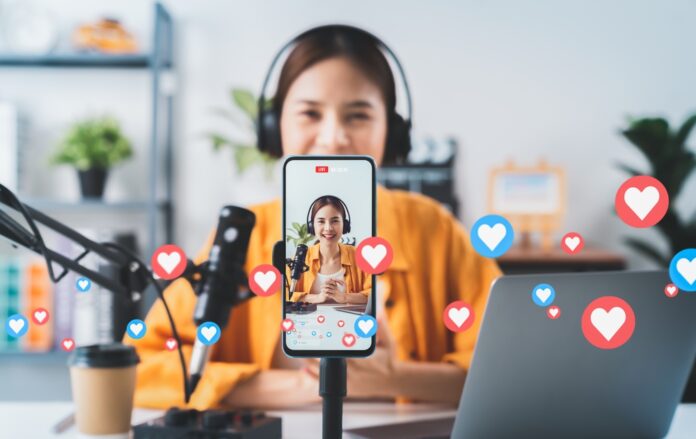Direct sales through social media are already a strategic stage in the purchase journey in Brazil. Social commerce, a model where the transaction occurs within the social platform itself, reduces steps, prevents cart abandonment, and brings brands closer to consumers. According to data from Opinion Box, 66% of consumers research products on social networks, 69% have made a purchase after clicking on a post, and 74% use social platforms to complete purchases. Among the most popular channels, Instagram leads with 65% preference, followed by Google Shopping (56%) and WhatsApp (46%).
In this context, Ecommerce na Prática – a reference in e-commerce education in Brazil – emphasizes that short videos and a simplified funnel make all the difference in scaling online sales. The standard format, about 14 seconds long, prioritizes the demonstration of transformation: instead of just displaying the product, the content shows the consumer's pain point and the solution in real use. Thus, Reels, TikTok, and Shorts become environments of qualified attention and high purchase intent.
“Social media has brought small businesses closer to their customers and shortened the purchase decision. The entrepreneur's challenge now is to connect content, customer service, and payment in a coherent and attractive way,” explains Ana Clara Guimarães, Acquisition Manager at Ecommerce na Prática.
To optimize conversion and organic growth, Ecommerce na Prática suggests a series of strategic actions organized into three essential pillars:
1. Profile optimization for immediate conversion
The first step is to create or migrate to a business account, in addition to optimizing the Bio so that it immediately answers: what the brand sells and how to buy. It is crucial that the Link in Bio is treated as a sacred field, directing traffic to the catalog or to WhatsApp, and that tools like Instagram Shopping are activated to shorten the purchase journey within the network itself.
2. Content focused on value, authority, and transformation
To engage the consumer with the short video format, the content must go beyond the product. The video strategy focuses on:
- Transformation and visual proof: using formats like before and after, POV (Point of View ), showing the perspective of the product user, and practical tutorials to demonstrate the product's value and the result it delivers. The content must be dynamic and show the solution in real use, activating emotional triggers;
- Building authority: balancing entertaining videos with educational content (such as quick lists or comparisons) to demonstrate expertise expertise in the niche and overcome purchase objections;
- Humanization and consistency: publishing behind-the-scenes content (such as the packaging and organization process) and maintaining a consistent posting routine, creating bonds of trust and transparency with the community.
3. Community, social proof, and direct conversion
The final step is conversion and loyalty. Organic sales only scale when the customer becomes a fan who generates spontaneous content for the brand.
- Direct Messages (DM) as a sales machine: Direct Messages and WhatsApp are considered “gold mines” and should be treated as channels for persuasive sales. Responses cannot be dry; they should guide the conversation by listing benefits and encouraging the completion of the purchase.
- Dynamic social proof: Using customer testimonials in video format (transforming screenshots or reviews) to endorse the product's quality.
- Creating Fans: Investing in a memorable shopping experience (packaging, gifts, handwritten notes) that motivates the customer to post the unboxing. Strategies such as the Instagram Close Friends list can be used to create a VIP channel for pre-sales and exclusive discounts, ensuring recurrence and loyalty.


